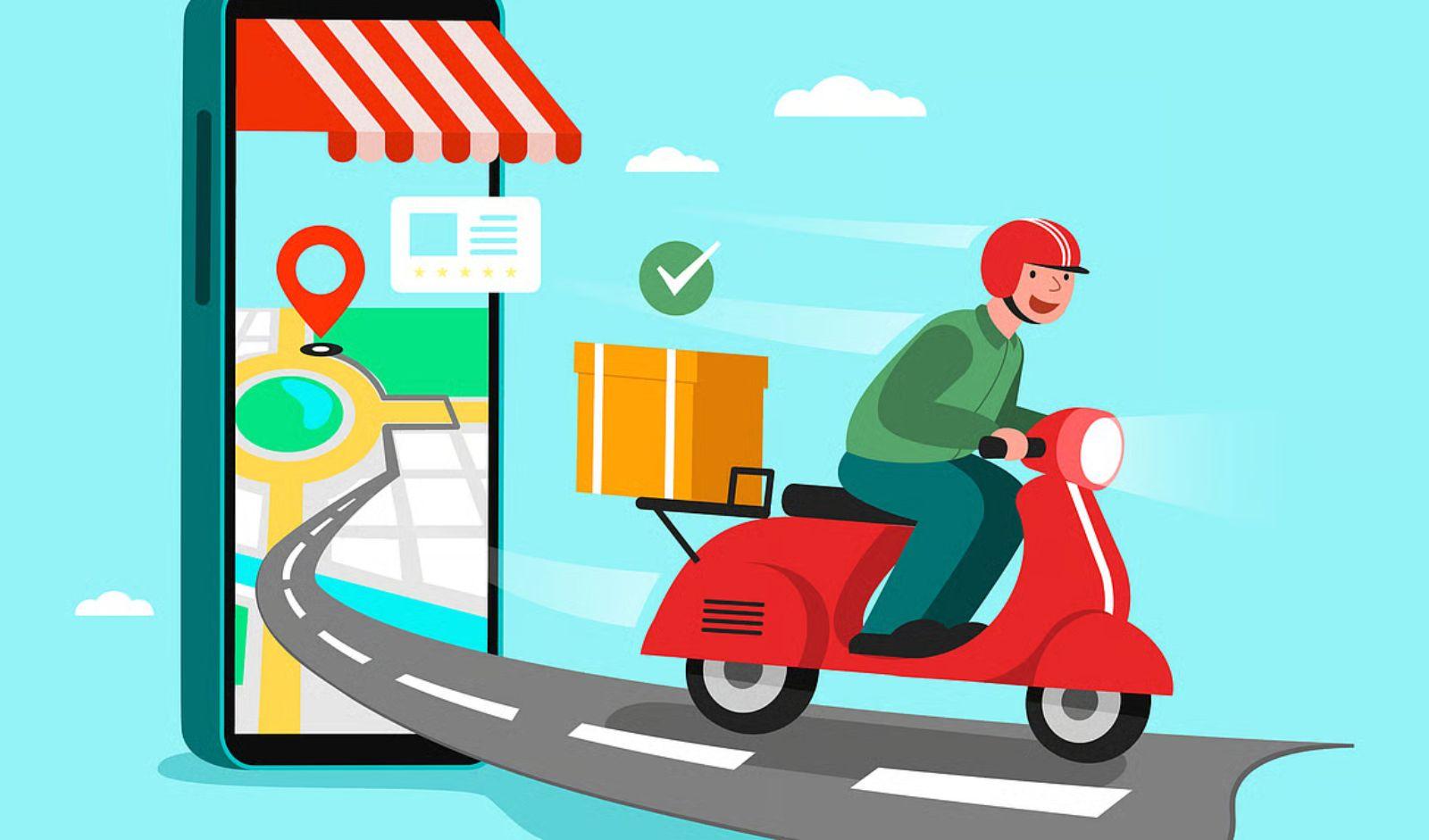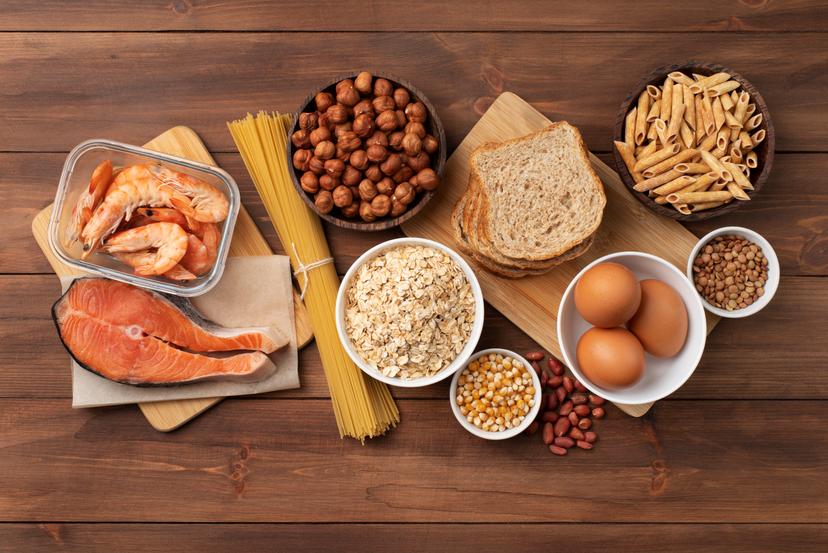July 2025
India’s Quick Commerce Boom: The Rise, Race, and Reality of 10-Minute Delivery

In a world where speed is currency, Quick Commerce (Q‑commerce) has transformed how India shops for essentials. From craving midnight snacks to last-minute groceries, Indians are increasingly choosing 10-minute delivery platforms over traditional shopping.
Valued at USD 3.05 billion in FY 2024, India’s Q‑commerce market is not just growing, it’s exploding. Forecasts suggest it could soar to USD 13.38 billion by FY 2032, growing at a CAGR of 20.3%. This revolution is being driven by a mix of tech innovation, post-pandemic habits, and the ever-rising consumer demand for instant gratification.
This explosive growth isn’t just about Ultra-fast delivery, it reflects how India’s consumers, tech infrastructure, and digital economy are evolving together.
Let’s explore what’s fueling this transformation, how businesses are adapting, and what lies ahead in India’s fast-moving q-commerce journey.
The Internet Boom Meets Instant Gratification
India’s digital story is central to q-commerce’s rise. At the start of 2024, over 751 million Indians, 52.4% of the population, were online, many using affordable smartphones with low-cost data plans. This widespread connectivity opened a world of Instant delivery services for both urban and semi-urban consumers.
Suddenly, browsing a catalog of groceries, comparing prices, and placing an order on a Quick commerce mobile app became as routine as scrolling through Instagram. Companies optimized their apps with regional languages, easy interfaces, and secure payments, tailoring them to the needs of Indian households.
This rapid adoption of digital tools helped blur the lines between physical and online retail and set the stage for an omnichannel shopping experience that Indian consumers increasingly expect.
From Groceries to Gadgets: What India is Ordering
Initially, quick commerce platforms focused on delivering groceries, dairy, and fresh produce. But as the consumer appetite grew, so did the product range. Today, q-commerce platforms are buzzing with orders for everything from over-the-counter medicines and toiletries to small electronics, stationery, and even clothes. In April 2024, Swiggy made headlines by merging Instamart with its Swiggy Mall, expanding from Fast grocery delivery to lifestyle products such as shoes, electronics, and kitchen appliances. This move wasn’t just a business merger, it reflected how delivery platforms are evolving into full-service convenience hubs, reshaping retail expectations across categories.
Consumer Behavior and Market Dynamics
Consumer preferences are shifting towards convenience and speed, with many opting for Q-commerce platforms to fulfill their daily needs. The sector has expanded beyond groceries to include categories like electronics, fashion, and pharmaceuticals. However, profitability remains a challenge due to high operational costs and intense competition.
Employment and Infrastructure Development
The growth of Q-commerce is contributing to job creation, particularly in logistics, warehousing, and delivery services. The establishment of dark stores and fulfillment centers is essential to meet the demand for rapid deliveries. However, the reliance on gig workers raises concerns about labor rights and working conditions.
Speed as a Strategy: How Players Are Competing
Speed is the game and India’s q-commerce players are playing it well. Leading the charge are names like Zepto grocery delivery, known for its promise of 10-minute delivery Blinkit and Swiggy Instamart Services, competing fiercely in metros; and Dunzo Daily expansion on hyperlocal logistics. Even legacy players like BigBasket Tata Group and Country Delight dairy delivery are evolving to offer while quick-commerce services while retaining their specialization in fresh produce and dairy.
Each company employs a unique business model, yet most share a few common ingredients: dark stores, micro-fulfillment centers, AI-powered delivery system, and real-time delivery tracking. These backend innovations allow them to process orders with precision and speed, without compromising on customer experience.
Earlier in 2024, Zepto introduced a subscription model, offering users unlimited free deliveries and up to 20% discounts on groceries and food items, a strategic move to build customer stickiness in a highly competitive market.
Business of Quick Commerce: Opportunities in Every Aisle
For startups and investors alike, Q-commerce platforms are opening exciting avenues. Beyond delivering essentials, platforms are now offering ready-to-eat meals, health products, daily-use electronics, and more.As new entrants crowd the space, established e-commerce giants like Flipkart are exploring quick commerce India extensions, banking on their logistics expertise to deliver within hours. Startups, meanwhile, are eyeing niche verticals, such as pet supplies, gourmet ingredients, or last-mile medicine delivery, carving out specialized consumer segments.
Q-commerce’s real strength lies in its adaptability—in how it serves time-strapped professionals, elderly citizens, nuclear families, and even students living alone. It’s not just a retail model—it’s a lifestyle enabler.
Regional Pulse: Where the Growth Is Happening
While Tier 1 cities like Mumbai, Delhi, and Bengaluru are currently the biggest markets, the next wave of Q-commerce growth forecast in India lies in Tier 2 and Tier 3 cities. Thanks to increased smartphone penetration and digital payment adoption in smaller towns, platforms are finding willing customers in places like Indore, Lucknow, and Coimbatore.
Players that understand local preferences, build trust with regional logistics partners, and tailor offerings to regional price sensitivity will have an edge. Additionally, cash-on-delivery options, vernacular language support, and low data-usage apps are proving crucial for success in these newer markets.
What Lies Ahead: Trends That Will Define the Next Decade
As India’s quick commerce sector matures, the focus is shifting from rapid expansion to smart growth.
- AI and Automation Take Over
Expect platforms to integrate AI and machine learning for predictive inventory, real-time demand forecasting, and dynamic pricing. IoT-enabled devices will also help manage supply chains more efficiently, enabling restocking before products even run out.
- A Push for Sustainability
With rising environmental consciousness among consumers, q-commerce platforms are likely to move toward eco-friendly packaging, electric delivery vehicles, and greener fulfillment hubs. Brands that walk the sustainability talk will likely win long-term customer loyalty.
- Diversification is Key
Q-commerce isn’t just about faster groceries anymore, Now the future of quick commerce includes pharmaceuticals, ready meals, electronics, and personal care—all delivered swiftly, safely, and seamlessly.
Navigating Competition: What It Takes to Win
In a market this dynamic, it’s not enough to be fast. To thrive, companies must focus on:
- Superior user experience
- Robust backend tech infrastructure
- Localized product assortments
- Data-driven personalization
- Operational efficiency across cities
With players like Blinkit, Zepto, Dunzo, Swiggy, BigBasket, and others investing in infrastructure, tech, and talent, the race for leadership will be defined by who understands Indian consumers the best, and who can reach them the fastest—profitably.
India’s Q-Commerce Moment Is Just Beginning
Despite the rapid growth, the Q-commerce sector faces challenges related to profitability, competition, and sustainability. Companies must innovate and adapt to changing consumer behaviors to maintain their market positions. The future of Q-commerce in India will depend on the ability to balance speed, cost, and customer satisfaction.
Quick commerce is more than a delivery model—it’s a reflection of India’s new digital lifestyle. As consumers demand speed, convenience, and control, q-commerce platforms are rewriting the rules of retail, one order at a time.
From bustling metro streets to emerging small towns, the desire for instant gratification isn’t going anywhere. With the market poised to hit USD 13.38 billion by FY2032, and innovations reshaping how, what, and when we buy, the q-commerce revolution is not just fast, it’s unstoppable.
Looking to explore more insights on India’s evolving q-commerce space?
📩 Contact us at info@marketsandata.com for the full report, custom data cuts, or tailored industry briefings.
Subscribe to our newsletter
Promise we won't spam you.
Share
Read More

July 2025
Gluten Be Gone: The Rise of the Gluten-Free Wave in Asia-Pacific’s Food Landscape
Asia-Pacific gluten Free Food and Beverages market is projected to witness a CAGR of 9.14% during the forecast period 2025-2032, growing from USD 2.16 billion in 2024 to USD 4.34 billion in 2032.

July 2025
India’s E-Gaming Market: A Digital Playground Set to Explode
Indian e-gaming market is set to experience a whopping 25.37% CAGR during the forecast period from FY2024 to FY2031, growing from USD 1.71 billion in FY2023 to a massive USD 10.44 billion by 2031.

July 2025
Global Frozen Desserts Market: From Cool Cravings to Culinary Innovation
As consumer preferences shift toward health-conscious, adventurous, and convenient options, the Global Frozen Desserts Market is transforming at a CAGR of 4.23%, expected to rise from USD 111.78 billion in 2024 to a frosty USD 155.71 billion by 2032.
REACH US



